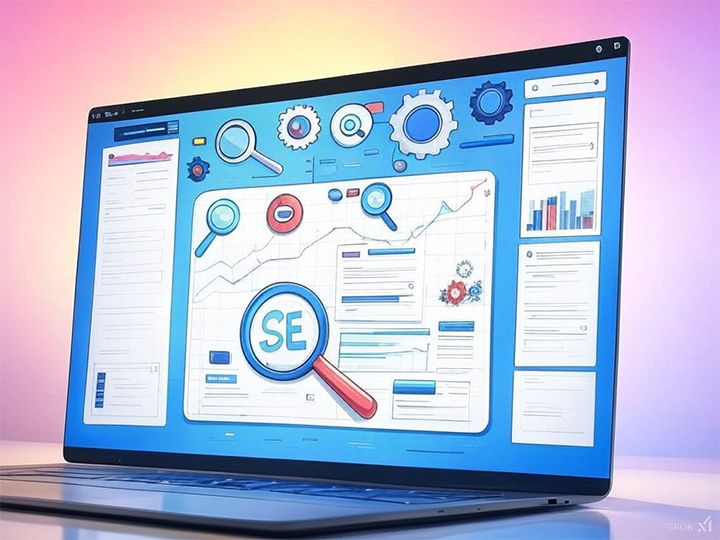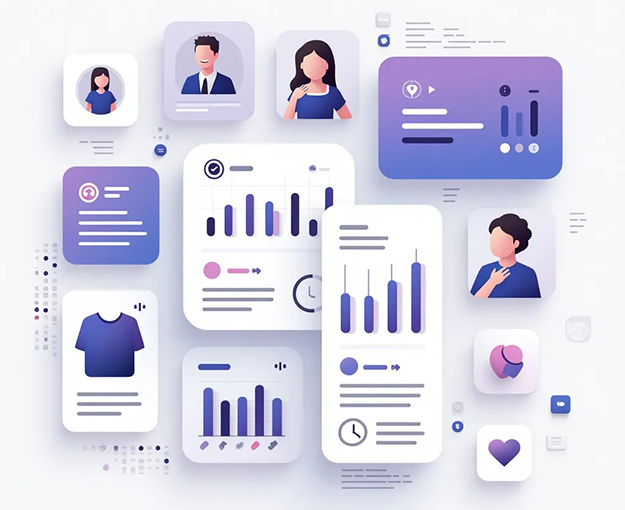Top AI Trends in Web Design to Watch in 2025
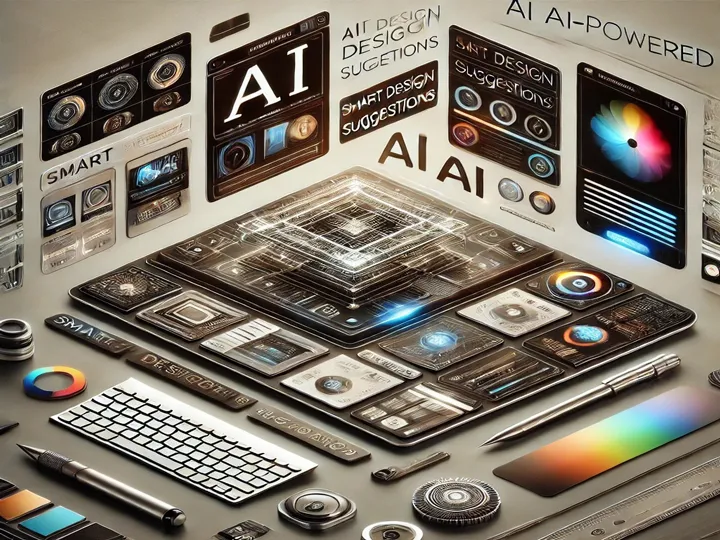
Artificial intelligence (AI) is reshaping the future of web design. As we move into 2025, it will continue to revolutionize how websites are designed, optimized, and experienced. In this article, we will explore the Top AI Trends in web design that you need to watch for in the coming year.
1. AI Trends: The Impact of AI-Powered Design Tools on Web Design
One of the most notable trends is the rise of AI-powered design tools. These tools leverage machine learning to automate tasks such as layout creation, color scheme selection, and template generation. For example, platforms like Adobe Firefly and Canva simplify the design process, reducing the need for manual effort.
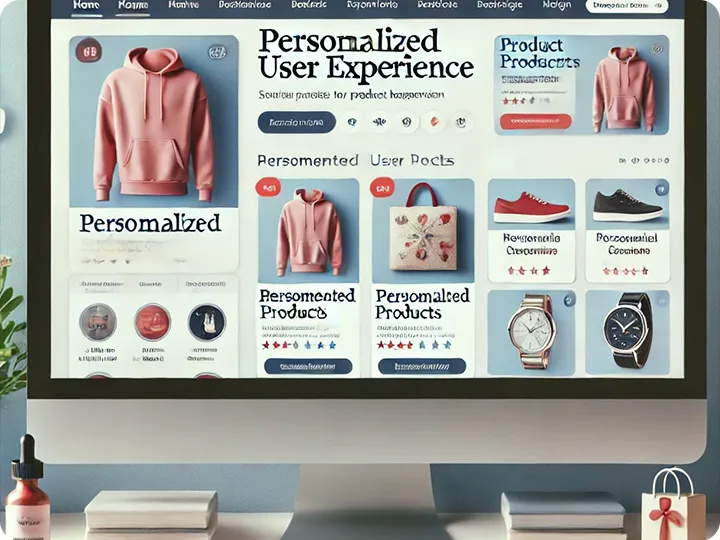
Furthermore, these AI tools are especially beneficial for non-designers and small businesses. By using AI, they can create professional websites without requiring deep technical knowledge. As a result, the design process becomes faster and more efficient.
2. Personalized User Experience through AI
One of the most notable trends is the rise of AI-powered design tools. These tools leverage machine learning to automate tasks such as layout creation, color scheme selection, and template generation. For example, platforms like Adobe Firefly and Canva simplify the design process, reducing the need for manual effort. Furthermore, these tools provide real-time feedback, which allows designers to make quicker and more informed decisions.
In addition, AI-powered design tools benefit not only experienced designers but also non-designers and small businesses. They enable individuals without deep technical skills to create professional-quality websites. To learn more about design trends, check out our article on UI/UX Design Trends You Can’t Ignore in 2025.
3. Voice User Interface (VUI) Integration
Another important trend is the integration of voice search and Voice User Interfaces (VUI). With the rise of AI-powered voice assistants like Siri, Alexa, and Google Assistant, websites will need to include voice search capabilities in the near future.
By 2025, many websites will offer VUI features that allow users to navigate the site using voice commands. This will not only enhance accessibility but also improve the overall user experience. Consequently, websites will become more interactive and user-friendly.

4. AI-Powered SEO for Enhanced Visibility
In addition to design and user experience, AI is revolutionizing SEO strategies. AI-powered tools like SEMrush and SurferSEO analyze trends, predict changes in search engine algorithms, and help identify keywords for better optimization.
With AI, SEO tasks such as keyword research, content optimization, and performance monitoring become more efficient. Therefore, websites that integrate AI-driven SEO tools will see an increase in search engine rankings and visibility.
For more on how to optimize your site using AI, visit SEMrush and SurferSEO.
5. AI Trends in Content Creation: How Generative AI is Shaping the Future
Generative AI is also changing how content is created. AI tools like ChatGPT and Jasper can write blog posts, product descriptions, and other content quickly. Moreover, these tools are capable of generating multimedia content, including images and animations, which enhances the user experience.
As AI tools evolve, their integration into web design will accelerate content creation processes. Consequently, websites will have more dynamic and engaging content in 2025.
6. AI in User Testing and Feedback
User experience (UX) testing is another area where AI is making significant strides. AI-powered analytics tools like Hotjar and Crazy Egg track user behavior, identify issues, and provide real-time feedback.
By leveraging AI for UX testing, designers can make immediate improvements based on data-driven insights. This leads to more user-friendly websites that meet visitors’ needs more effectively.
For more on UX testing and how AI is enhancing this field, check out Hotjar and Crazy Egg.
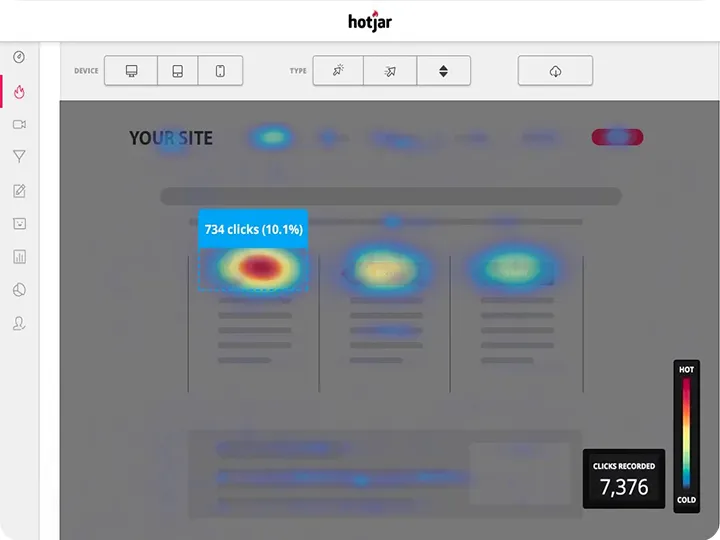
7. Enhanced Security with AI
Moreover, AI is playing a key role in enhancing website security. AI tools can detect suspicious activity in real-time, such as unauthorized access attempts and potential cyber threats.
For designers, integrating AI-driven security features ensures that user data is protected. This is particularly crucial for e-commerce sites and financial platforms, where trust and data security are paramount.
8. No-Code and Low-Code Platforms with AI Integration
AI is also making web design more accessible through no-code and low-code platforms. Tools like Webflow and Wix offer drag-and-drop features that allow users to design websites without writing complex code.
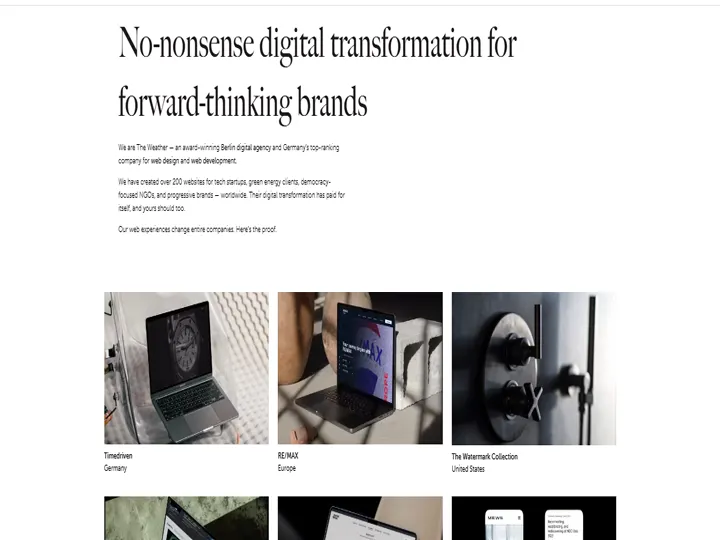
As AI technology improves, these platforms will become smarter and more efficient. In 2025, businesses and individuals will be able to build professional websites faster and with greater ease, making web design more accessible to everyone.
The Future of Web Design: Embracing AI Trends in 2025
In conclusion, the Top AI Trends in web design for 2025 are shaping the future of the industry. AI-powered design tools, personalized user experiences, VUI integration, and enhanced security are just a few examples of how AI will continue to impact web design.
By embracing these AI-driven trends, web designers can stay ahead of the curve and deliver exceptional user experiences. Whether you’re a beginner or an experienced designer, using AI will be essential for success in 2025..


